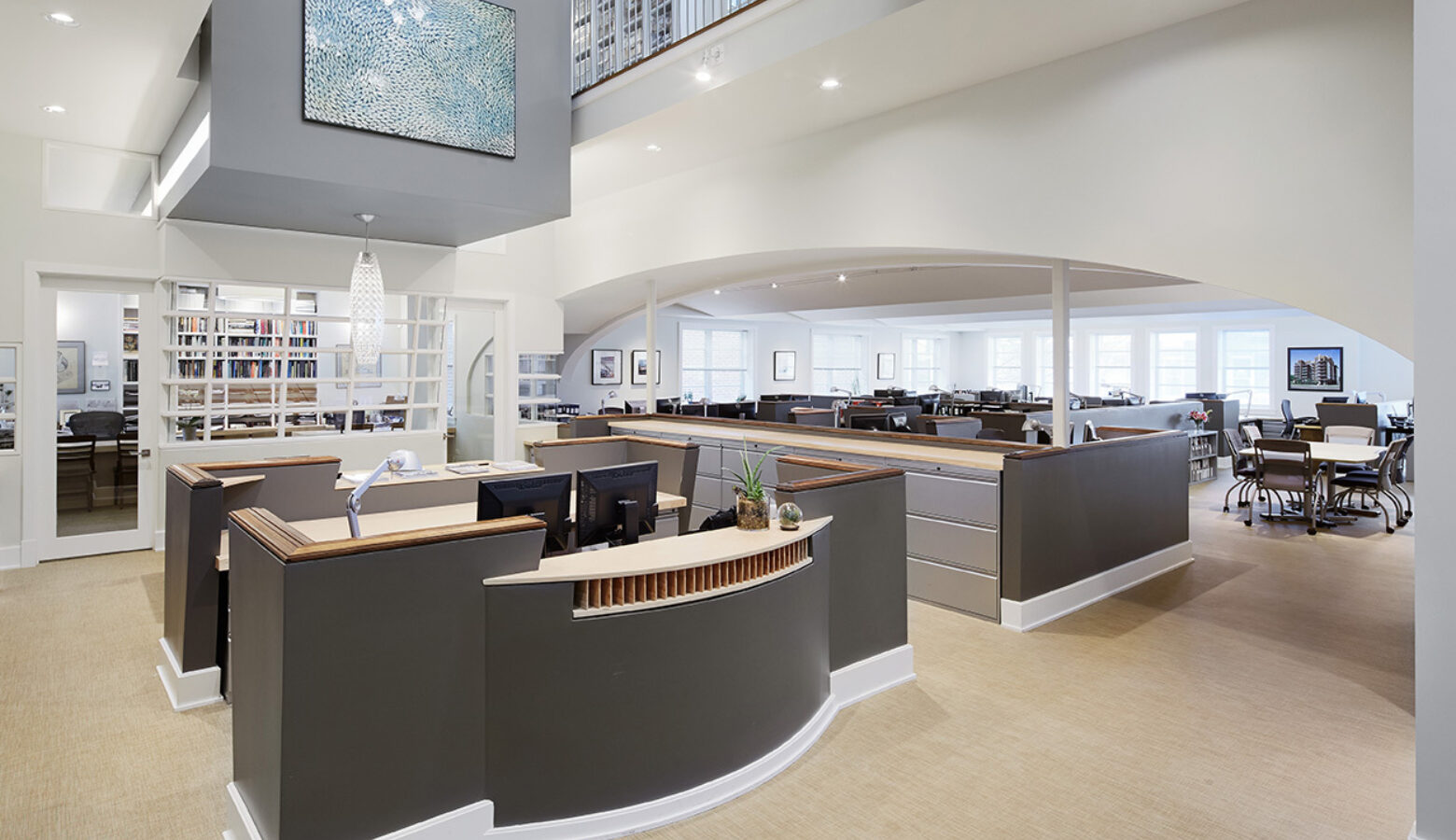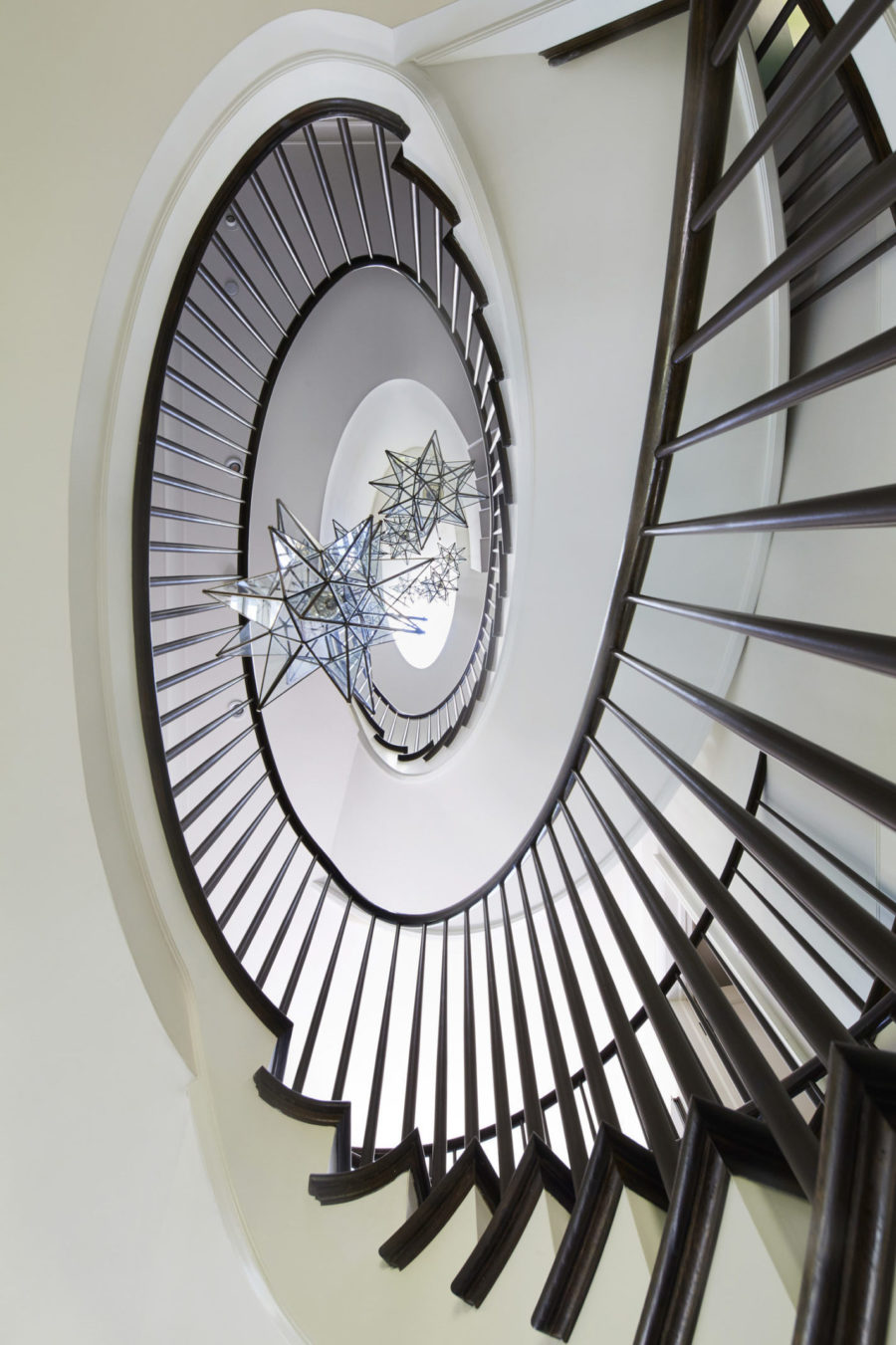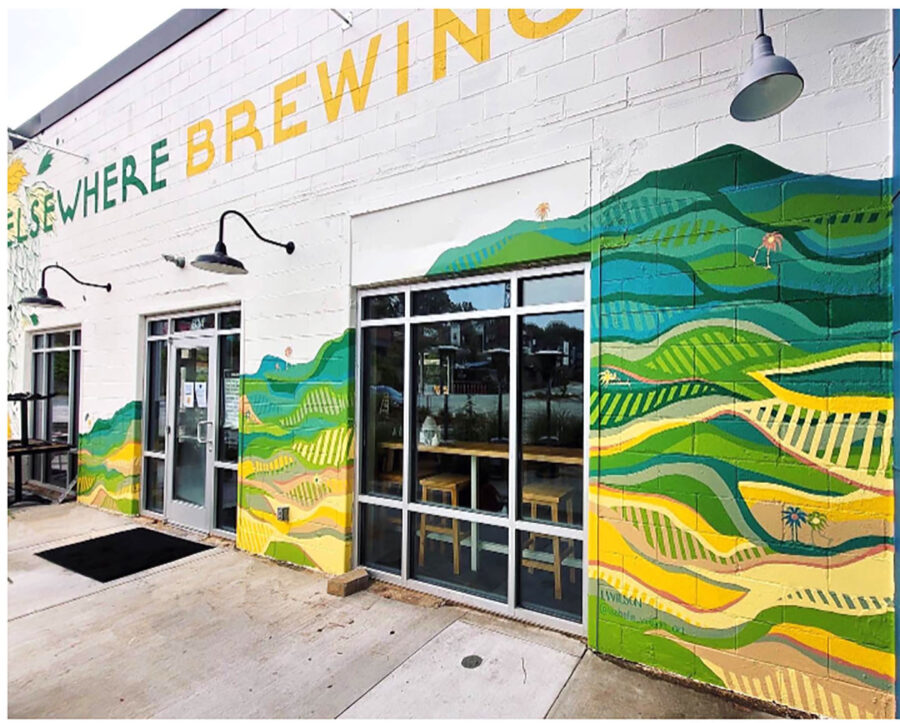The Role of Art In Architecture

Bob Zuber, AIA
Partner - Architecture Design at Award Winning Chicago Architects, Morgante Wilson
Feb 13, 2022 - 5 min read

As an architect and partner at Morgante Wilson, I share Elissa Morgante’s and Fred Wilson’s belief in the power of architecture to impact lives. I see that play out every day in the work we do for our clients here at the office – and in the way my own life is impacted by the architecture of our office itself, particularly in terms of the role art plays in our workspace.

I’m not talking about a sculpture in the landscape leading to our entry door. Rather, I think about the alley behind our building. It’s a fairly busy thoroughfare, and it’s where most of us park our cars each day. As such, the back door is our primary entry as we come and go from work – which is why we thought it would be nice to dress up that space by giving it some color and vibrancy. It’s also how we came to incorporate the work of traveling multidisciplinary artist Issy Wilson.
An ideal blank canvas upon which to paint a Chicago skyline mural, our building’s garage door was transformed by Issy’s talents into a mood-enhancing work of art. On an alley, no less! It’s surprising, it’s cheerful, and it reminds us all to notice beauty and inspiration in places we might not be expecting to find them.
Historically, of course, art has always been incorporated into architecture – from the sculptures carved on Greek temples to frescoes painted in Italian chapels. Or into less lofty spaces, such as your teenage bedroom or your first dorm room, which more likely than not featured a poster you put up to adorn the space. People have always decorated the places they inhabit with art, because art attaches meaning to those places – and as humans, we’re wired to crave meaning.

In my view, architecture itself is actually a functional art form. The slope of a roofline, the curve of a staircase, the punctuation of a well-proportioned dormer – all are artful expressions of architecture. And all are easy to incorporate, either during the planning period, or after the fact, as means of adding beauty to a functional object such as our once-boring, alley-situated garage door! Like architecture, art requires not only creativity and vision, but also context. For instance, you wouldn’t mosaic a garage door because it would become too heavy to lift. Likewise, you wouldn’t paint a fresco on a toilet room ceiling. But that doesn’t mean both wouldn’t be enhanced by some other, carefully considered, artistic treatment.
Issy agrees, as evidenced by the murals she’s painted in other, surprising places.

Peter White Library, Marquette Michigan

Uncle Johnny's Nolichucky Hostel, Erwin Tennessee

Salon Soto, Evanston, Illinois

Elsewhere Brewing, Atlanta Georgia
This is what I’m talking about. Whether you take a purely functional object, such as a garage door - or an unremarkable aspect of a building - and transform it into a work of art, you’ve made people pause. Reflect. Consider their surroundings. And hopefully, feel a moment of joy. That’s quite a lot to experience just from walking down an alley or entering a building to get a haircut, don’t you think? That’s the real power art brings to architecture – and why we’re such fans of combining the two.
Want more great ideas? Just visit our website